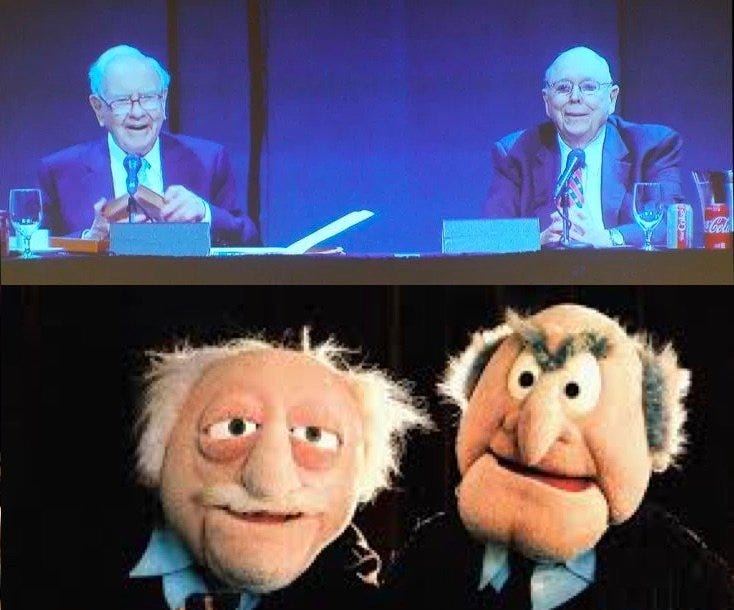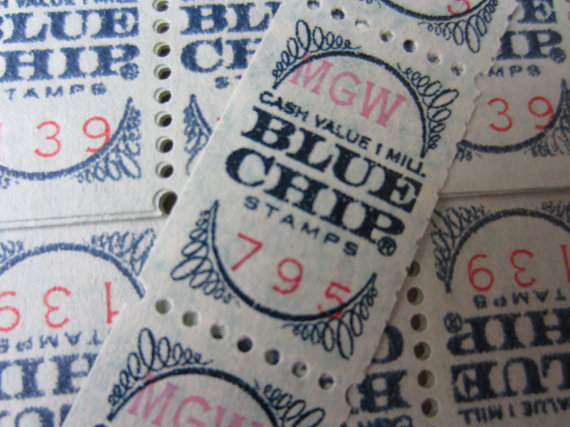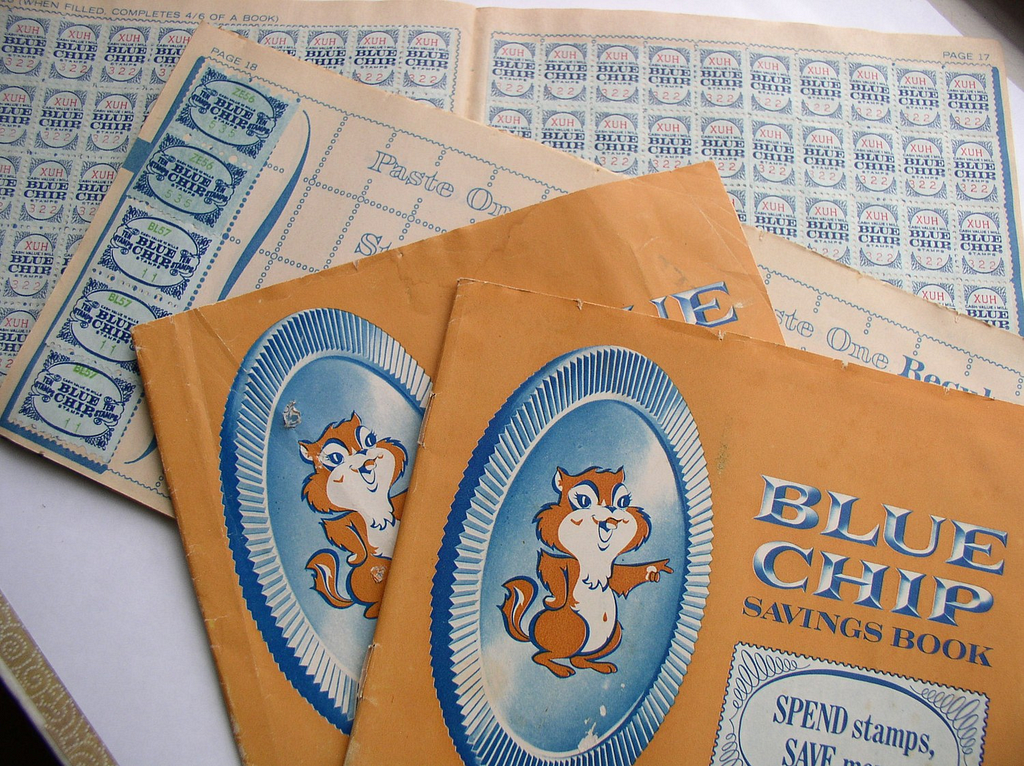Latest news about Bitcoin and all cryptocurrencies. Your daily crypto news habit.
Recently, at the Woodstock of Capitalism, Warren Buffett and his elder sidekick Charles Munger gathered to dish dirt, talk investing, and dispense folksy aphorisms at the Berkshire Hathaway annual meeting.
The Statler-and-Wardorf-type couple’s comments about cryptocurrency were one of the most referenced quotes of the media cycle, at least in my little circle of cryptoscenti, during the three day orgy of discounted shopping, investor presentations, interviews, a 5K, and most importantly… STEAK!!!
Qz reported the gist of the matter in a piece they published on May 5. Buffett warned,
“Cryptocurrencies will come to bad endings,”
while Munger claimed,
“To me, it’s just dementia. It’s like somebody else is trading turds and you decide you can’t be left out.”
 Buffet and Munger’s view looks an awful lot like the Muppets’ Statler and Wardorf guffawing over the audacity of some new-fangled idea.
Buffet and Munger’s view looks an awful lot like the Muppets’ Statler and Wardorf guffawing over the audacity of some new-fangled idea.
But come on, Buffet is 87 years old and Munger is 94! You can’t expect them to understand crypto. And they don’t have to. They run a $500 billion company that they grew from a measly stack of a couple million dollars back in the 1960s.
But these are the guys that missed Apple even as late as 2011! Even the author made an investment in The Big Fruit back when its founder Steve Jobs died. Back then Apple was transitioning from a star investment into a cash cow investment (to put it in BCG Framework vocabulary terms). As the investor cohort transitioned from growth to value, Apple stock was absurdly cheap trading at a 3%+ yield. Instead, Berkshire plowed over $10 billion into IBM as a supposedly superior cash cow alternative. Had they invested in Apple in 2011, they would have nearly quadrupled their money!
As it stands, Berkshire exited IBM at a loss (Hey! You can’t win ’em all). And they have a $45 billion-plus stake in the iPhone maker any way. To long-time followers of Buffett like myself, it seems like we are getting close to Senile Buffett stage. It’s really Bizarro Land to see Berkshire have any tech stock, much less make it the single biggest investment position in the entire world for a non-fund. When I was a kid, the Buffett I knew didn’t invest in tech stocks because there was “no margin of safety” and he “just didn’t understand” them.
How things do change.
Buffett’s stance towards crypto will change, too. Once the initial shine wears off and true value begins to reveal itself over time as the money raised by firms in the blockchain economy devote that money to actually developing the blockchain economy. There will also, of course, be some shakeout, some type of “we see who’s swimming naked when the tide runs out” revelation. But in the long run, blockchain is here to stay. Its “fat protocols” will run at least some percentage of the world GDP and the cryptoassets that will function as the currency, or “gas” to use the current coding term for “computational juice” shall we say, in those closed-circuit economies will certainly have tremendous value due to the cost efficiencies they will inevitably bring to the moribund processes they attempt to disrupt.
It’s my belief that (if he had enough time remaining in his life, which at 87 years young is certainly no guarantee) he would/will come around to liking at least some cryptocurrencies eventually as well. It may be some future as-yet-undreamed-of coin or token or, heck, it could even be Ethereum a few years from now! After all, this week also saw reports, from Forbes nonetheless, claiming that the tech wunderkind behind Apple himself, Steve Wozniak, “was extremely upbeat about Ethereum and described it as a platform that was just like Apple’s and could become as influential as his company became.”
At this point you’re probably thinking, “What does this K guy know about Buffett anyway? Why is it an inevitable conclusion that, if given the time, Buffett would eventually embrace crypto?”
Dear reader, you absolutely right!
I have two failsafe points to support my analysis. The first one is simple. Well, first of all, he sure did come around on Apple in the end, didn’t he?
My second reason, well, that will require me to tell a story. So sit back and let me regale you with the tale of Blue Chip Stamps.
Buffett biographer Alice Schroeder discusses the importance of one investment in particular that changed the trajectory of Buffett’s investment career. It was one of a few prescient buys that he, through no collaboration of their own, shared with Charles Munger. Their experience with Blue Chip cemented the most important partnership of Buffett’s life, bringing him the human version of Waldorf to his own folksy version of Statler.
From Schroeder’s excellent work The Snowball:
He and Munger had also discovered another company they saw as promising and were buying as much stock of it as they could. This was Blue Chip Stamps, a trading-stamp company. They would buy it separately and together, and over the course of time Blue Chip would dramatically reshape the course of both men’s careers.
To describe what Blue Chip was as a company, you must travel back to a post-war time when mothers and grandmothers paid for groceries with cash and often had a few choices for their daily shopping available to them within walking distance of their home. As part of the change from their transaction and as a way to encourage repeat business, they would receive a fistful of stamps, stamps that were essentially a marketing giveaway, an early version of today’s retail loyalty rewards programs. Customers eventually accumulated enough stamps to paste into little booklets and claim the modest reward of a blender, a television, a radio, a fishing rod, a tetherball set, or whatever bargain luxury item from the catalog that caught your eye. The most popular item to acquire with trading stamps was a toaster.
 Where I come from we had Greenbacks and they were issued by the local Piggly Wiggly, but in California and much of the Western United States, grocery stores dispensed Blue Chip Stamps (pictured above) as a loyalty reward to their customers.
Where I come from we had Greenbacks and they were issued by the local Piggly Wiggly, but in California and much of the Western United States, grocery stores dispensed Blue Chip Stamps (pictured above) as a loyalty reward to their customers.
These trading stamps were a fun free way to get cool stuff without influencing the rest of the household budget. Postwar consumers hoarded their stamps and collected books full of them and waited for when they could exchange those books for exotic items they would otherwise be unable to afford.
By the 1960s, there were so many trading stamp companies vying for customers that the competition drove them to accept just about anything as long as it was equal to the cash value of the collected stamps, which was something like $1.60 per 1,000 stamps. Crazy acquisitions in history via trading stamp include a Cessna airplane, a pair of gorillas (5.4 million S&H Green Stamps), a donkey for an overseas church missionary, an elephant, and a variety of special equipment vehicles like school buses, ambulances, and fire trucks.
By 1964, industry leader Sperry & Hutchinson alone printed three times as many stamps per year as the U.S. Post Office. When we reached “peak trading stamp bubble” (so to speak) in 1969, more than 80% of U.S. households collected them. The S&H redemption catalog had a higher circulation than the Sears Roebuck, the paragon of print catalog marketing.
 Yeah, that’s a cute little “Chip”munk, get it?
Yeah, that’s a cute little “Chip”munk, get it?
These loyalty stamps were the byproduct of a rapidly vanishing era of thriftiness. Never waste. Never want. Never go into debt. But what Buffett and Munger liked so much about Blue Chip was not the aura of their frugal youth, but rather the monopoly on stamp production that Blue Chip enjoyed with its vast array of retail partners. This partnership served also to limit the supply of Blue Chip tokens, er… um… stamps. The result was a unique kind of virtual currency that had no intrinsic value beyond what people ascribed to them. And oh did people assign value to them! Not only were the exotic items mentioned previously acquired solely with trading stamps but, in their time, they were literally everywhere.
Schroeder again quotes in her book:
When you had all the major oil companies and grocers giving out a single stamp, it became like money. People would leave their change behind and take the stamps. Morticians gave out stamps. Prostitutes gave them… It was ubiquitous. Everybody had them. People even counterfeited them.
Wait! How did such a sought after asset get unfairly maligned by the market? If everyone had these stamps, why would a bunch of value investors be able to cheaply buy them up hand over fist? The answer to that, my friends, is simple. And is also eerily reminiscent of the current crypto kerfuffle.
The shadow that hung over the trading stamp market when Buffett and Munger began acquiring millions of dollars’ worth of Blue Chip stock was the same shadow that now hangs over all of Cryptoland — Regulation. The specter of regulation had spooked most investors. The Department of Justice had the company in their sights, eventually forcing it to sell a part of itself to the grocery chains that it had had as its original customers. The industry original S&H had served an antitrust suit against Blue Chip as well. There was a long line of potential lawsuits in the pipeline, too. But when some of these concerns came to the fore for a bit and shares dropped from a high of $25 to $13 a share, Buffett just kept right on buying, using whatever investment vehicle he had available to him at the time that had ready cash.
Buffet and Munger bought the Blue Chip FUD.
And were rewarded handsomely for it.
It’s hard to tell exactly how much money Buffett and Munger made off Blue Chip Stamps — primarily because they used its dwindling cash flows to buy other more robust companies like See’s Candies and Wesco Financial, companies which are still vital parts of their shared empire today.
But rest assured, in today’s dollars, their profit would easily be measured IN THE BILLIONS.
So let’s review, so the next time you hear about Warren Buffett hating on crypto, you too can recount the story of Blue Chip Stamps: Buffett and his most trusted investment partners sunk close to $100 million, which was at the time surely a princely sum, to buy a virtual currency of limited supply with no intrinsic value that was about to run the gauntlet against a whole host of regulators…
And when they were in their 40s, they looked at this situation, not unlike the current cryptoasset markets at all, and decided upon one simple course of action:
AWL EEN!
A Buffett In His Prime Would Think Differently About Cryptoassets was originally published in Hacker Noon on Medium, where people are continuing the conversation by highlighting and responding to this story.
Disclaimer
The views and opinions expressed in this article are solely those of the authors and do not reflect the views of Bitcoin Insider. Every investment and trading move involves risk - this is especially true for cryptocurrencies given their volatility. We strongly advise our readers to conduct their own research when making a decision.